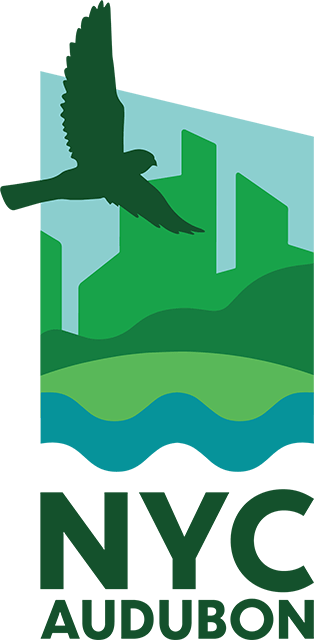Collision Monitoring
A stunned male Chestnut-sided Warbler is gently collected by a Project Safe Flight collisions monitor, before being taken to a rehabilitator. Photo: Sophie Butcher
During spring and autumn migration periods, Project Safe Flight volunteers patrol the streets of New York City in search of dead and injured birds that have collided with buildings. Collision monitors collect data on bird-building collisions in order to help us learn more about the causes and patterns of collisions in New York City, patrolling routes that are assigned based on our current research objectives. Injured birds are brought to animal care centers or rehabilitators and are released in the wild after their recovery; dead birds are collected and transferred to various natural history museums and research institutions.
These scientific data are a tool for understanding the geography and dynamics of urban bird collisions, improving our understanding of the causes of these collisions and suggesting ways to prevent them from occurring. Our data are also powerful evidence to marshal when we seek positive change—either through our advocacy work or through direct negotiations with building owners and architects.
Learn more about becoming a Project Safe Flight collision monitoring volunteer
Learn more about becoming a Project Safe Flight collision monitoring volunteer
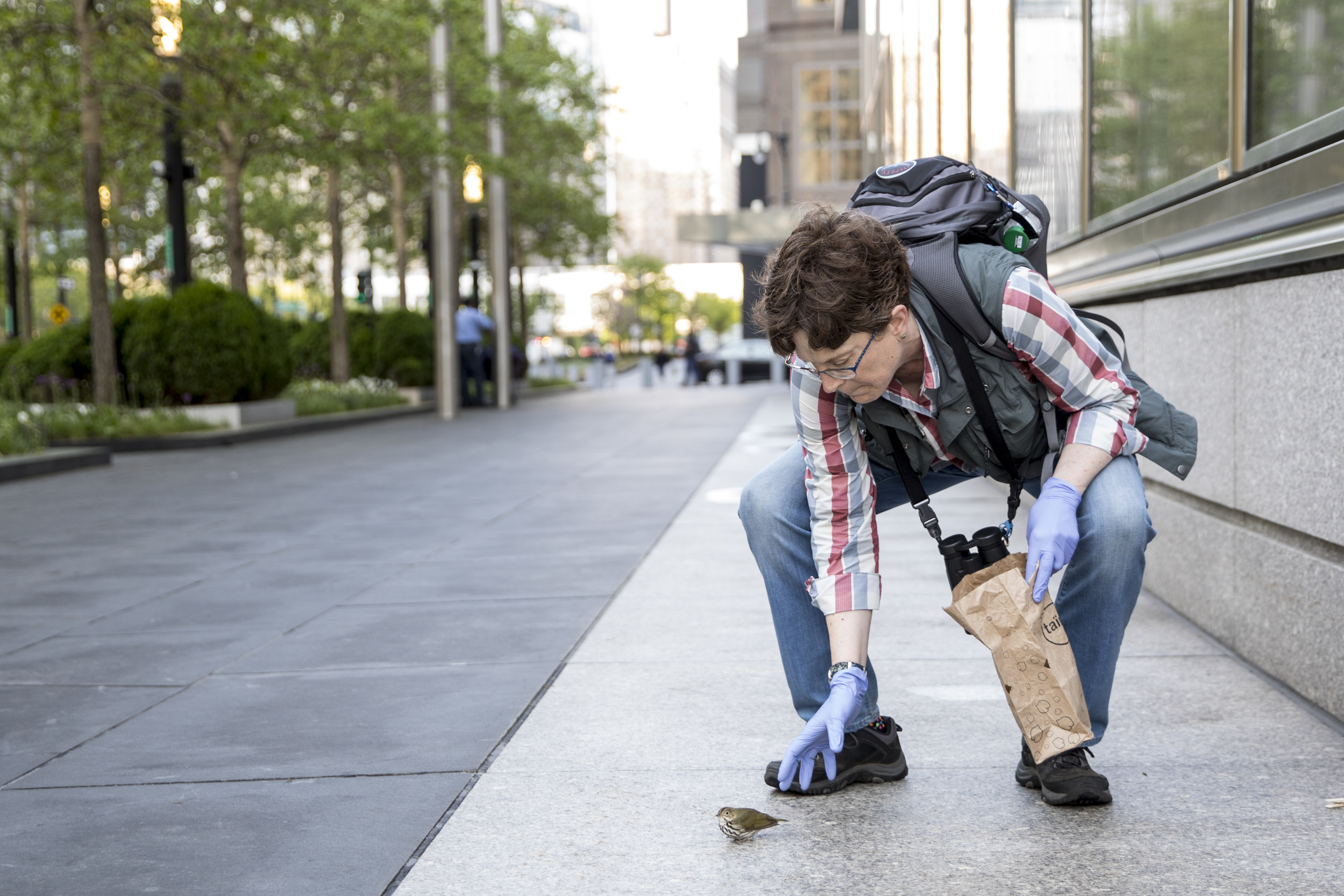 "}" data-trix-content-type="undefined" class="attachment attachment--content">
"}" data-trix-content-type="undefined" class="attachment attachment--content">Our Data Gets Results
Since the program’s inception in 1997, over 7,000 dead and injured birds have been collected and documented in our database. Project Safe Flight patrols now include routes in all five boroughs of NYC. Successes in our advocacy and work with partners have included the retrofitting of the Morgan Mail Processing Facility (421 8th Avenue), and the Jacob K. Javits Convention Center (655 West 34th Street), where collisions have since dropped dramatically.
In December 2019, NYC Audubon and our advocacy partners celebrated our greatest success so far: the New York City Council passed the most broad-reaching bird-safe building policy in the U.S., requiring that all new construction and major renovations in the City employ bird-friendly design materials. Read more about our bird-friendly building design.
dBird: Crowd-Sourced Data Collection
In 2014 we added an important tool to Project Safe Flight: dBird.org. An online crowd-sourcing data collection tool, dBird provides a way for the public to enter records of dead and injured birds, contributing to our Project Safe Flight research. (Above you can see a frequently updated map of the data already submitted through dBird. View specific entries by placing your mouse over each data point on the map.) Crowd-sourced data can help to provide context and guidance for more scientifically rigorous research efforts, such as the traditional Project Safe Flight monitoring protocols. If you find a dead or injured bird, submit a report through dBird.
NYC Audubon staff analyzes these reports in order to integrate and relate these results with existing Project Safe Flight research. Since its creation dBird has collected more than 4,500 collision reports. While most are from New York City, we also have reports from across the U.S. as well as Canada, China, India, Turkey and Norway. Above you can see a frequently updated map of the data already submitted through dBird.
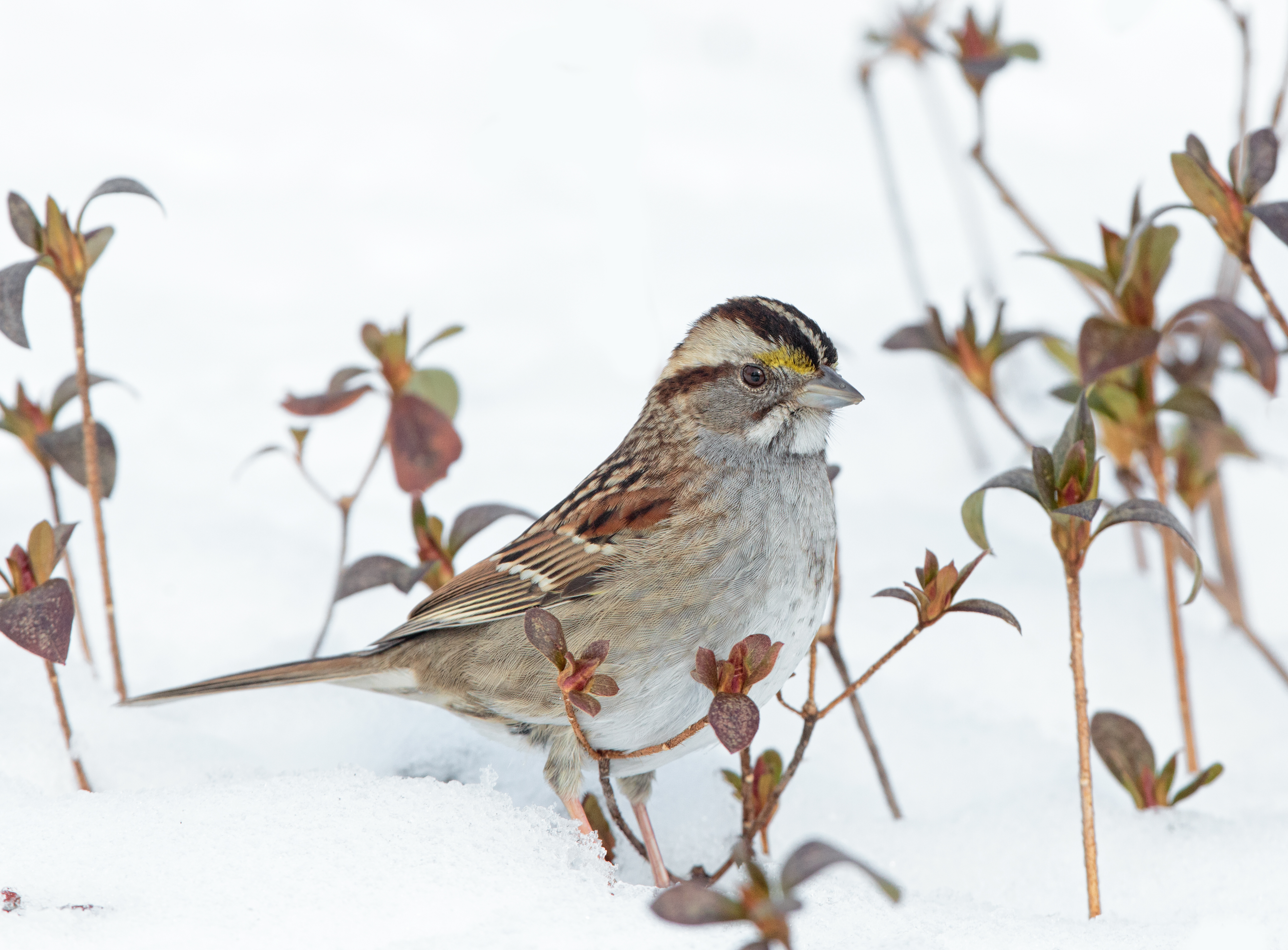 "}" data-trix-content-type="undefined" class="attachment attachment--content">
"}" data-trix-content-type="undefined" class="attachment attachment--content">Most Frequent Collision Victims
Since the inception of Project Safe Flight in 1997, we have found that the White-throated Sparrow is the most commonly found collision victim in New York City; the species accounts for 14 percent of all collisions and has been documented nearly twice as frequently as the next most common victim, the Common Yellowthroat. Below you can see that among the many kinds of birds that die from collisions in the City, the most frequently found species groups are warblers, sparrows, and thrushes. Explore the chart to see the bird species within each of these groups.
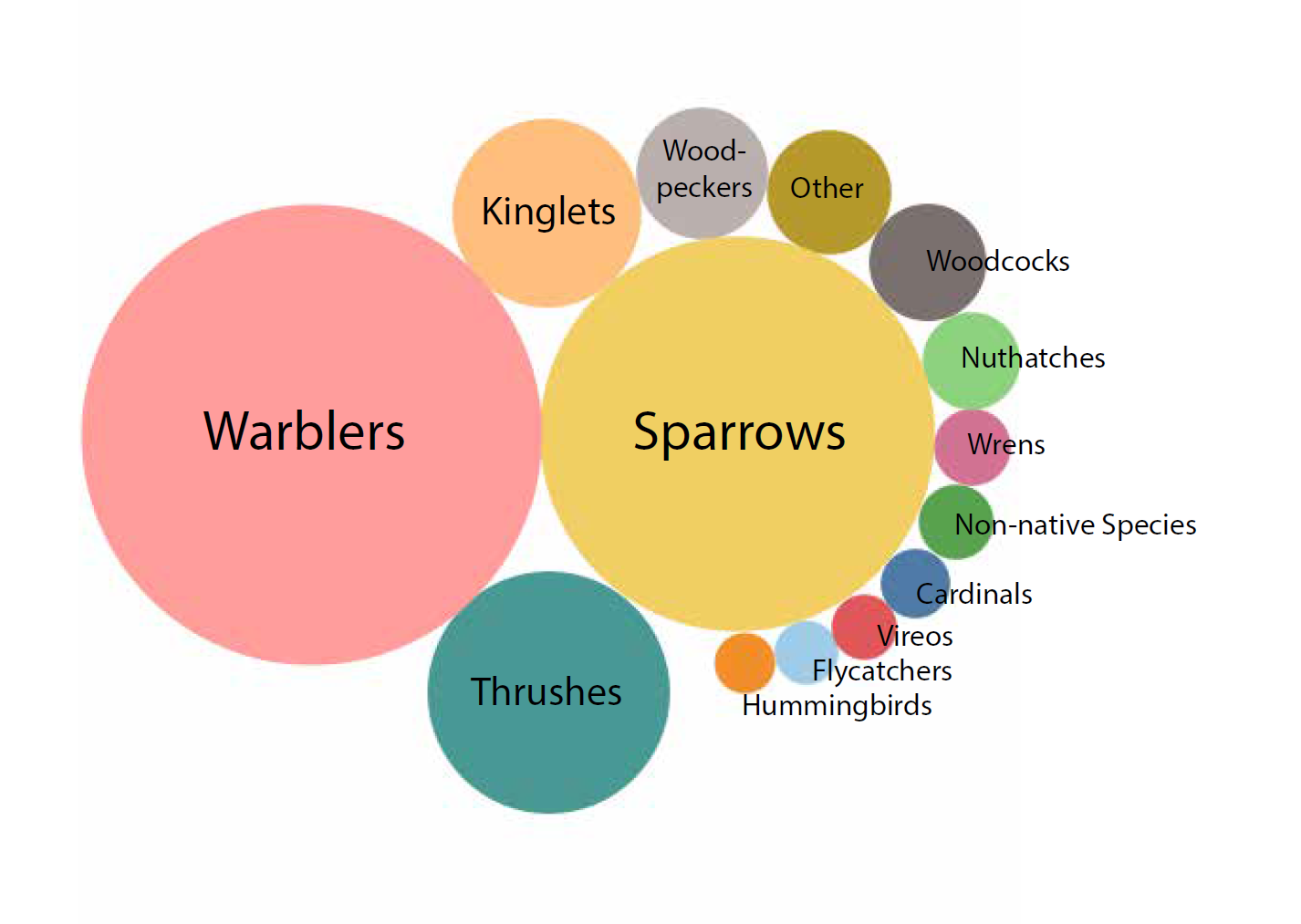 "}" data-trix-content-type="undefined" class="attachment attachment--content">
"}" data-trix-content-type="undefined" class="attachment attachment--content">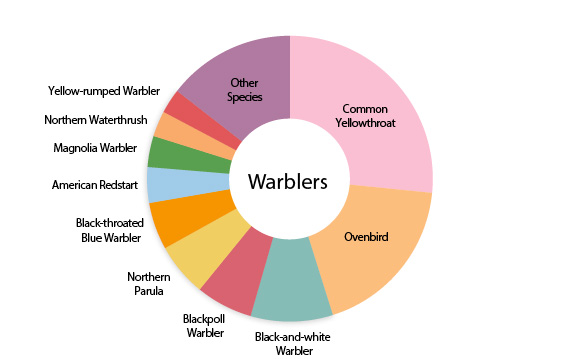 "}" data-trix-content-type="undefined" class="attachment attachment--content">
"}" data-trix-content-type="undefined" class="attachment attachment--content">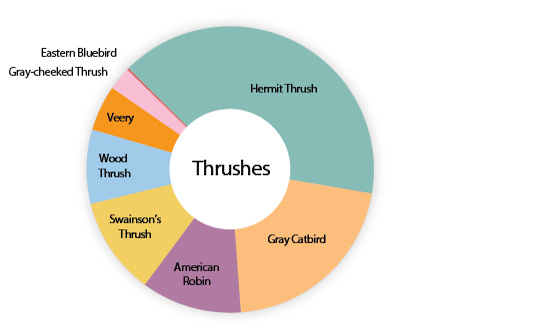 "}" data-trix-content-type="undefined" class="attachment attachment--content">
"}" data-trix-content-type="undefined" class="attachment attachment--content">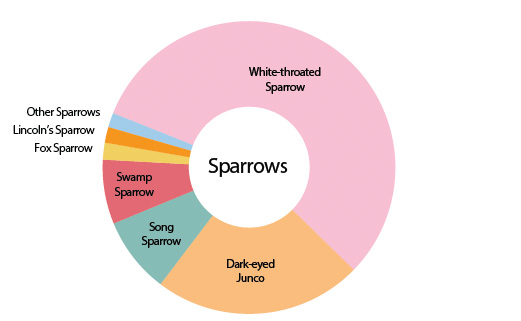 "}" data-trix-content-type="undefined" class="attachment attachment--content">
"}" data-trix-content-type="undefined" class="attachment attachment--content">






